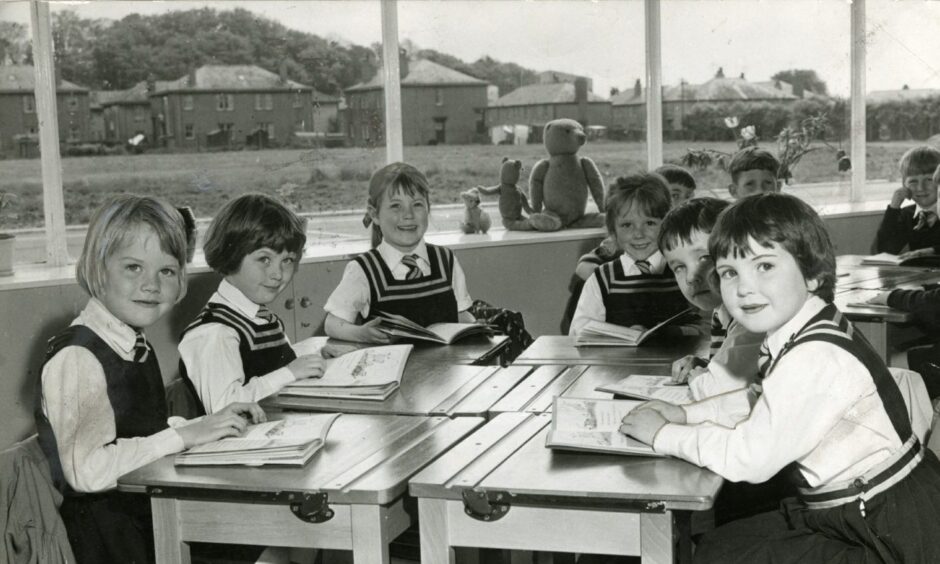
What was life like in Dundee in 1964?
We’ve rewound the clock and opened DC Thomson’s archive to show Dundee’s streets, where we shopped, and what we did for entertainment all those years ago.
These images will likely stir memories for older generations of locals.
The year 1964 was a time of great change.
The triumphal Royal Arch which stood at the junction of Dock Street and Shore Terrace was unceremoniously bulldozed into the docks to make way for the Tay Road Bridge.
Also demolished in this area, sadly, were the East Station and the Empress Ballroom.
The rubble was used as foundations for the approach ramp.
A pint of beer cost two shillings and three pence.
The average house price was £3,000.
Cassius Clay became Muhammad Ali and the heavyweight champion of the world, Mary Poppins was the highest-grossing movie and The Beatles took America by storm.
Maybe you saw them at the Caird Hall on October 20 1964?
What about the small screen?
The first Top of the Pops and Match of the Day was broadcast on BBC1 and you were also able to see the first episodes of The Likely Lads, Mr and Mrs and Crossroads.
So what did Dundee and its people look like 60 years ago?
Grab yourself a cuppa and enjoy having another browse back through the ages courtesy of The Dundonian, which appears in the Evening Telegraph every Wednesday.
Some of these photographs have not been seen for years.
Do they awaken any memories for you?
Beach Crescent
Swans make for a peaceful sight at Beach Crescent in Broughty Ferry.
Has much changed since 1964?
Tay Ferries
Although long gone, the Tay Ferries were one of the first railway-ferry services in the world.
Dundonians used the Fifies as a way to escape the smoke of the city and take a trip to the countryside in Fife.
The Royal Arch
A road bridge was in consideration to cross the River Tay for a number of years from the 1950s before construction began in 1963 following designs from William Fairhurst.
Construction required the demolition of Dundee’s Royal Arch – where Queen Victoria had entered the city on a royal visit – and the rubble was used as foundations for the on-ramp.
Camperdown Works
At the peak of its powers, around 40,000 families were dependent on the jute industry for their livelihoods.
The Cox Brothers’ Camperdown Works in Lochee covered 25 acres and was so big it had its own branch line, railway station and school.
Twisting the night away
Dundee’s demure dance halls were then transformed overnight in the 1960s when Chubby Checker and The Twist arrived and changed the way that people moved.
Dundee housewife Cathie Connelly took the world title in Lancashire in 1964 when she achieved 102 hours of twisting.
Dens Park
Dens Park was the place for goals galore throughout the 1963/1964 campaign.
They also went all the way to the 1964 Scottish Cup Final while racking up an astonishing 156 goals in all competitions, which included the short-lived Summer Cup.
Fintry playground
‘Model’ estates – like the 2,800 homes built at Fintry between 1949 and 1960 – were created to tackle overcrowding in a city that was running out of space.
Fintry became a tight-knit community and provided a secure home for working-class people who were ready to help each other when times were tough.
Menzieshill
Menzieshill was developed from 1960 to provide 3,459 new homes for people cleared from the city centre.
The scheme is home to the 160,000-gallon concrete tower which has become a familiar landmark in the north-west of the city and stands at 84-feet high.
The Flying Scotsman
The Flying Scotsman made its maiden journey north of the Forth Rail Bridge in May 1964, which typically aroused a great deal of interest from the public.
Queen’s College, Dundee, Railway and Transport Society organised the 1964 rail tour which ran from Edinburgh to Aberdeen via Perth and back via Dundee.
Carolina Port
Carolina Port power station opened in Fish Dock Road in 1908.
A new oil-fired unit was built in the mid-1960s to work alongside the city’s original coal-fired plant.
Like clockwork
Dundee’s famous Samuel’s Corner – complete with its trademark clock – has long been a city centre meeting spot for friends, family and first daters.
Folklore has it that if you stand there long enough everyone in Dundee will pass by.
Murraygate
The Murraygate is busy with people, cars and a bus in May 1964.
The tram lines are visible in the street, which is lined with shops including D.M. Brown on the left, one of Dundee’s ‘big four’ department stores.
Dundee Airport
Dundee Airport has grown beyond recognition from its humble origins, when it was originally equipped with a grass runway in the 1960s.
Over the years, the airport was expanded, upgraded and improved and provided Dundee with a link to cities in the UK and Europe.
NCR
NCR transformed how factories were operated when it came to the city in 1946.
A pioneering electro-mechanical accounting system, the Computronic, was designed in Dundee.
It compared its first answer with a second checking calculation.
By the middle of the decade half a million machines had been made at NCR Dundee.
It’s the final image in our gallery.
Did our pictorial trip back in time jog any memories for you?
Let us know.
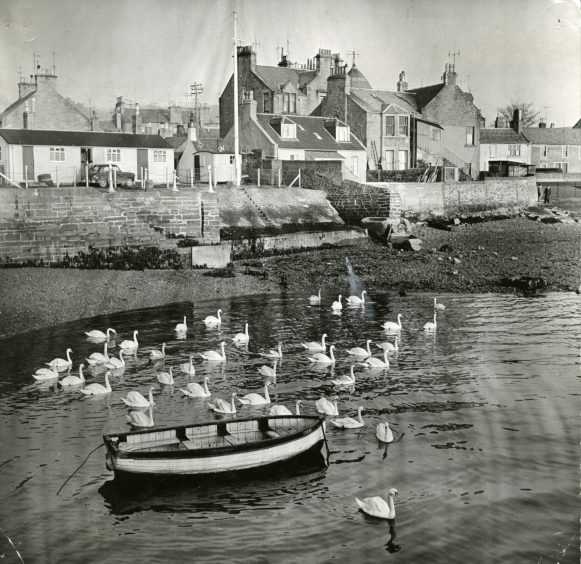
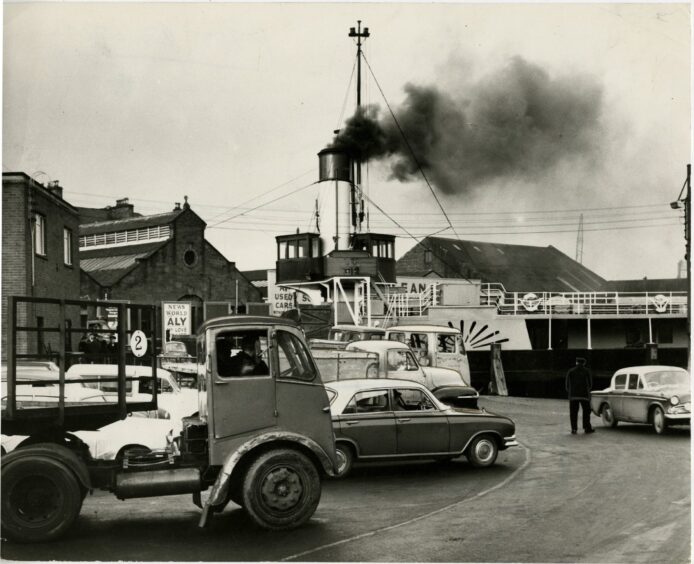
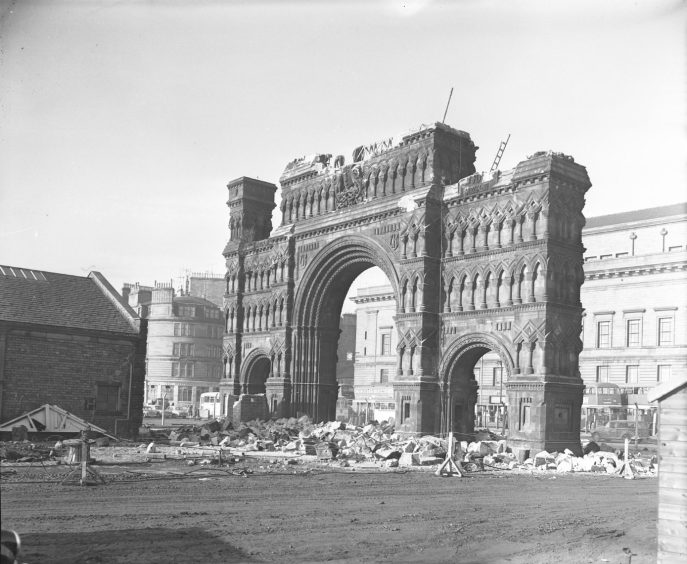
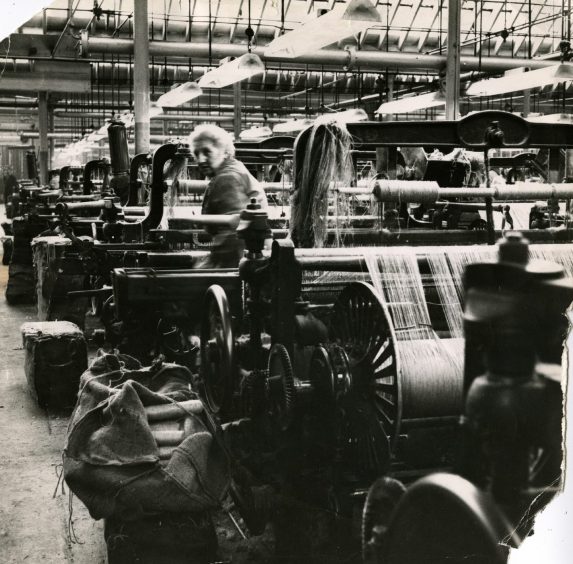
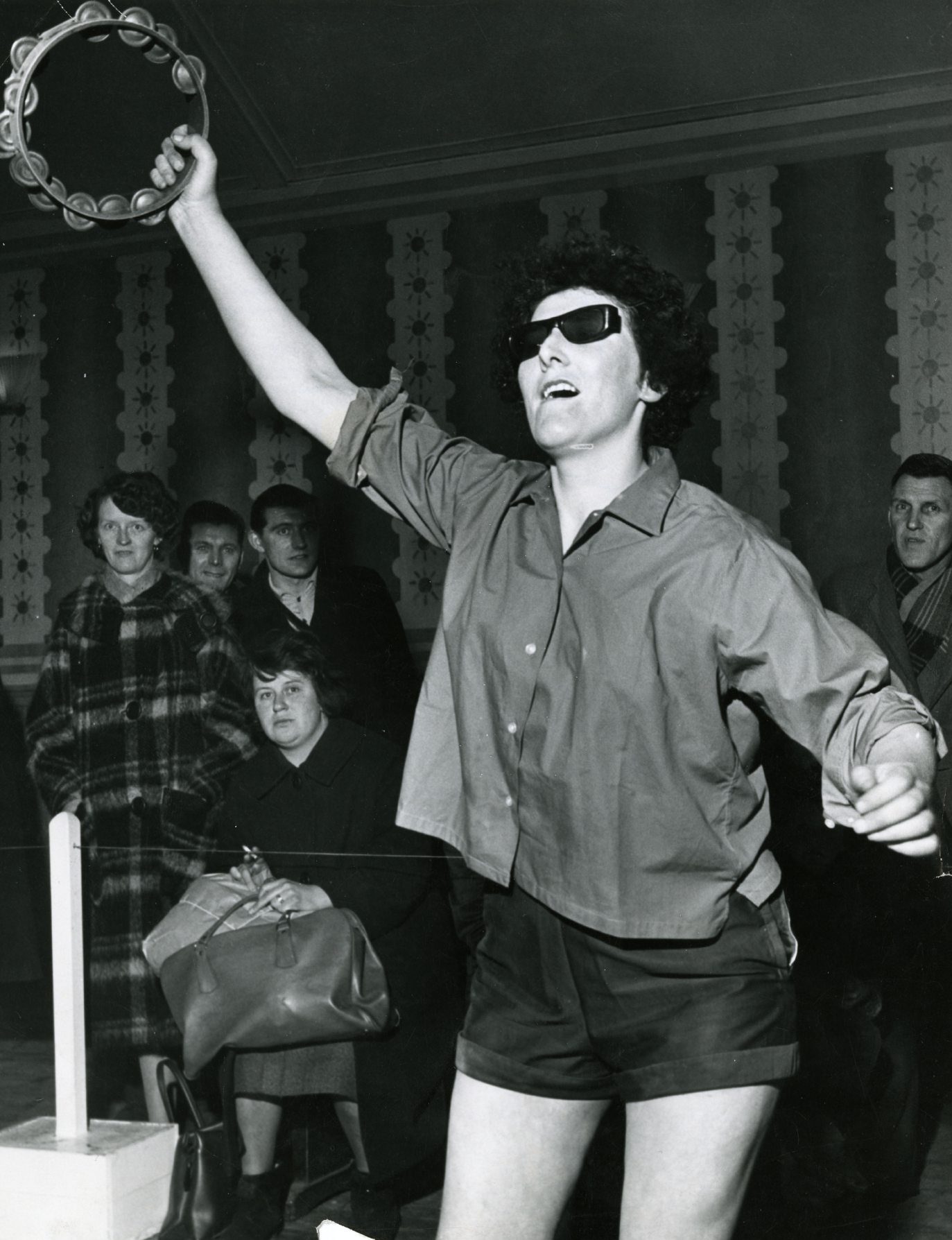
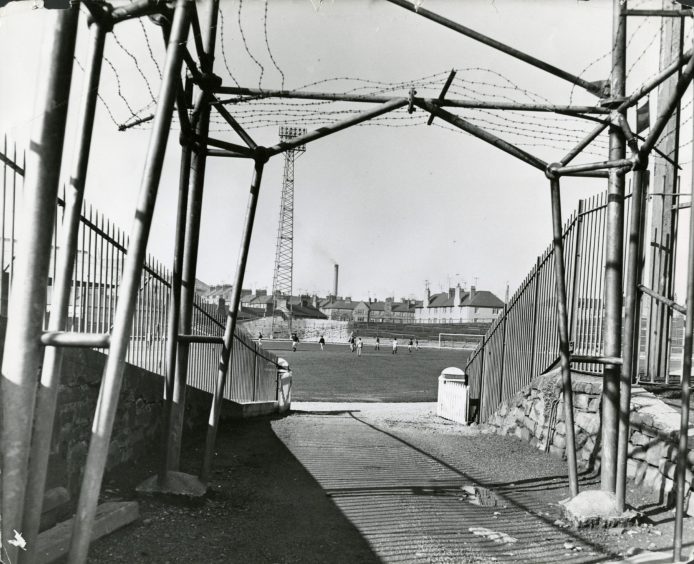
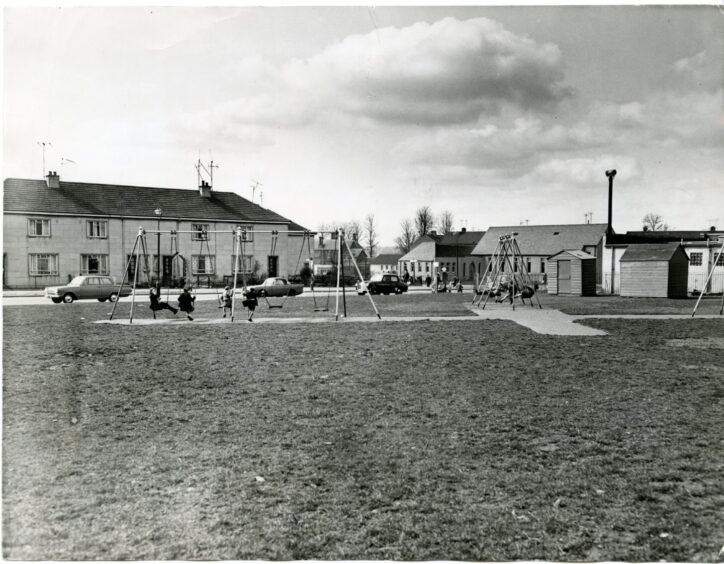
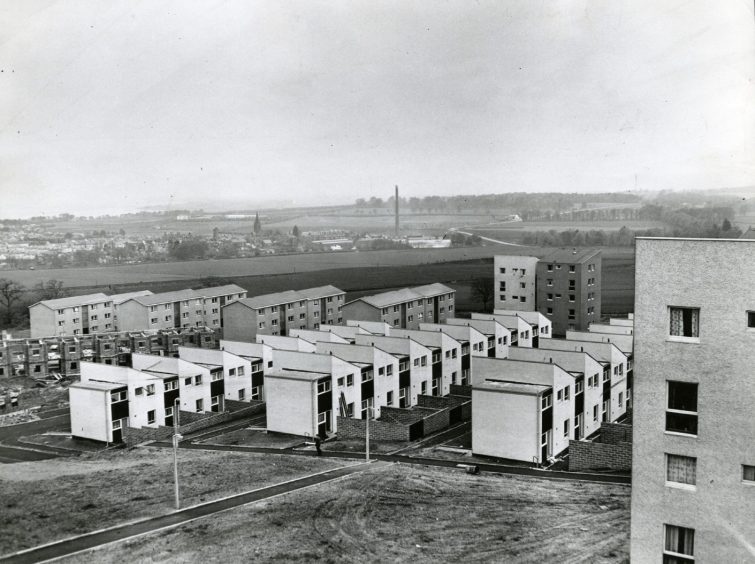
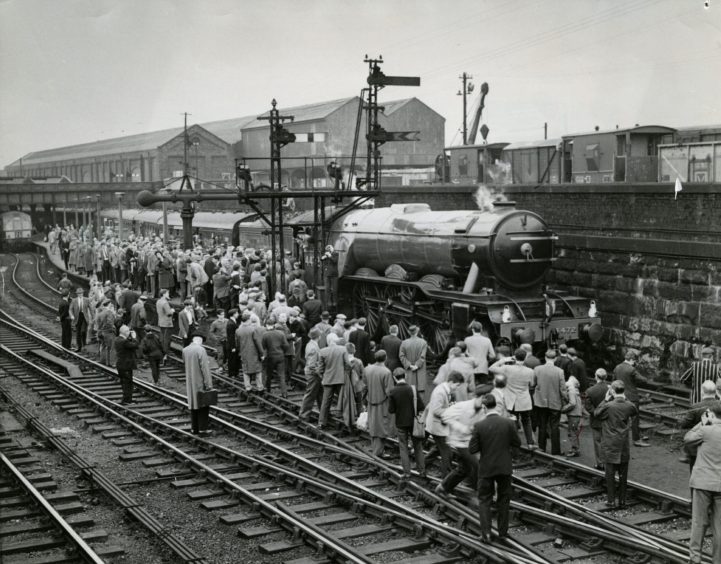
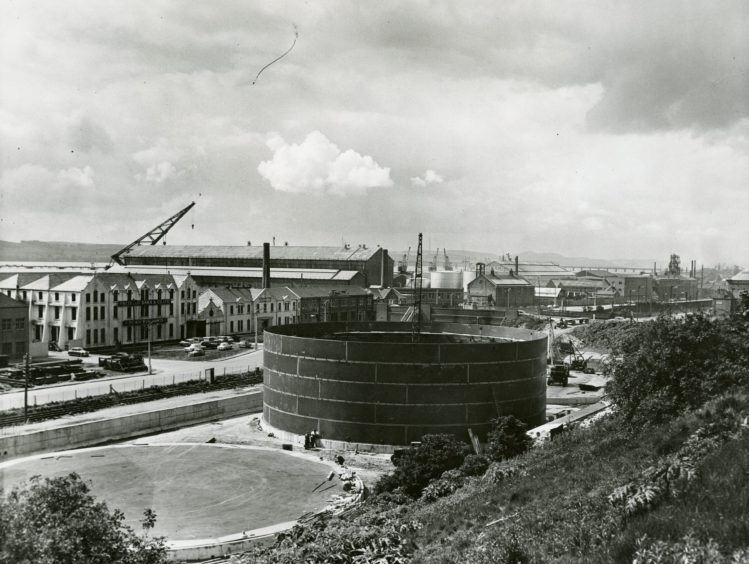
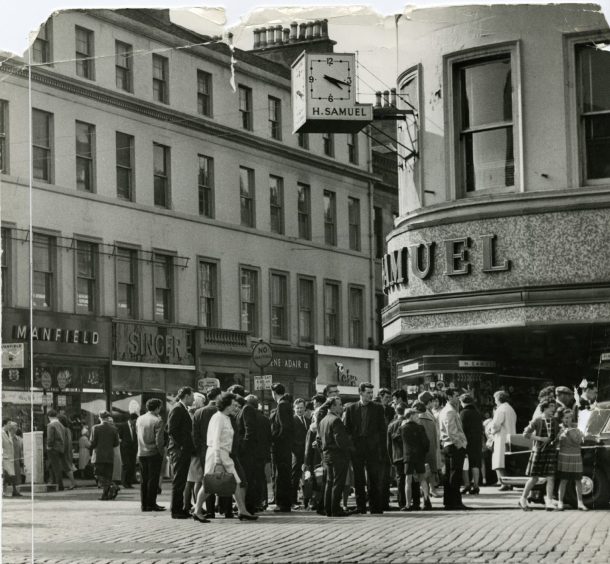
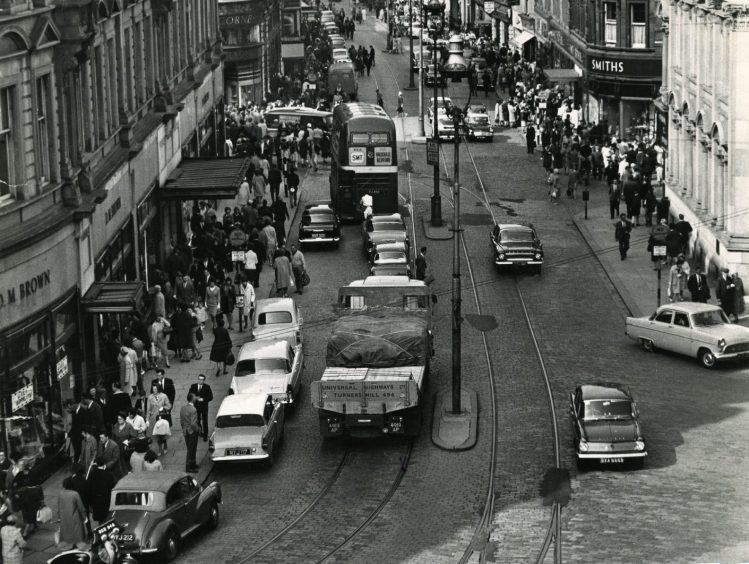
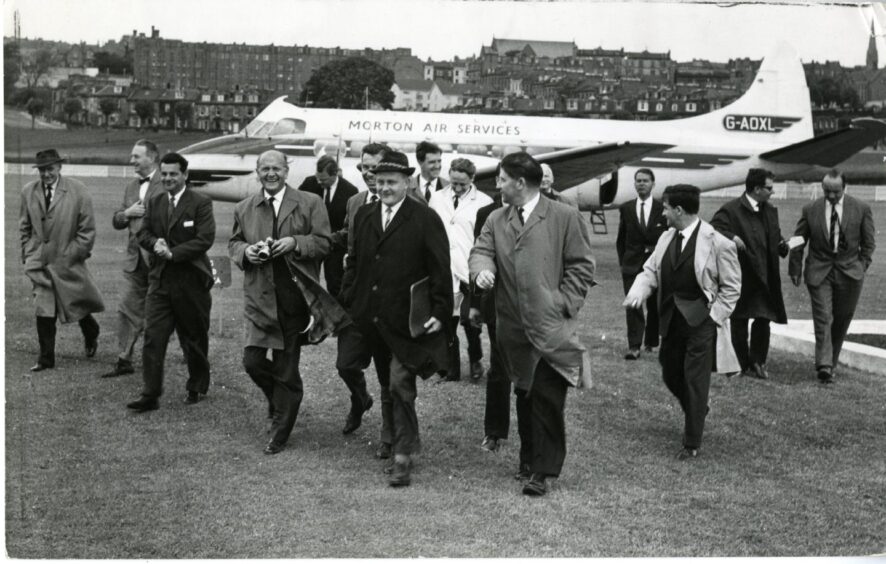
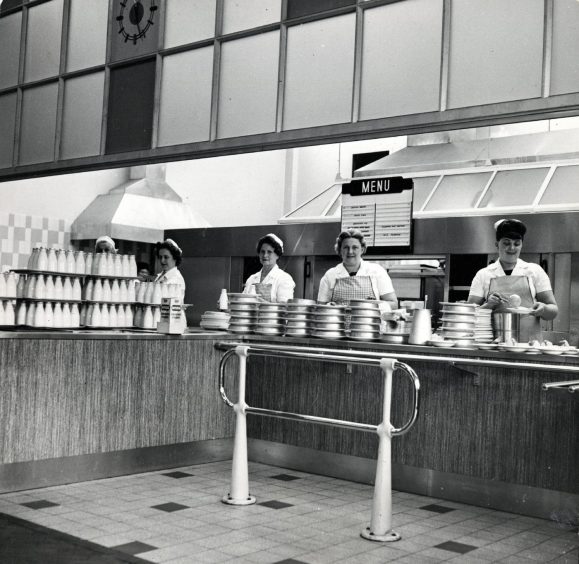
Conversation